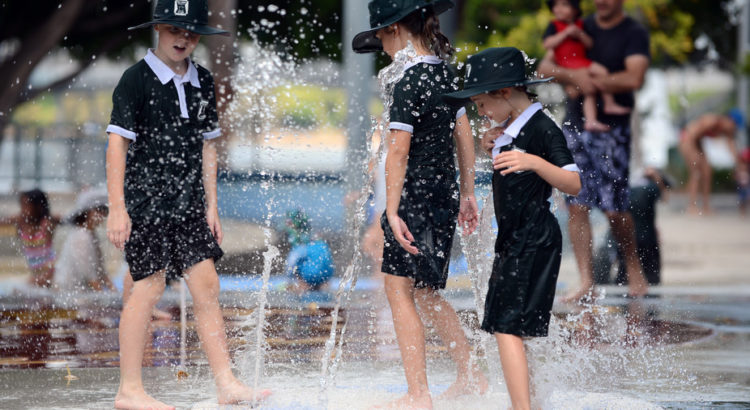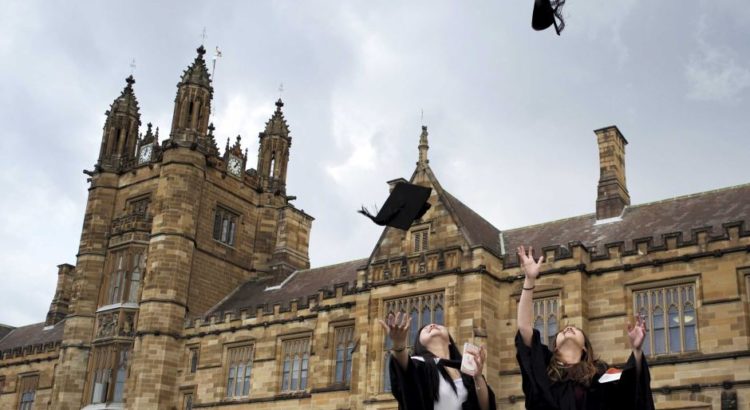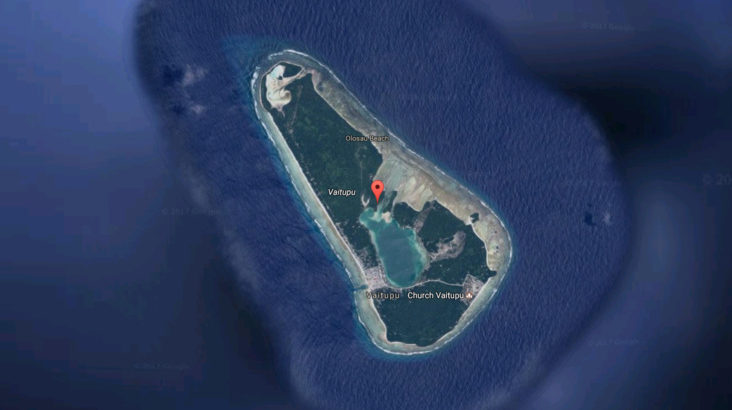Nueva Zelanda/Marzo de 2017/Fuente: RadioNZ
RESUMEN: La Comisión de Derechos Humanos ha instado a las empresas a que tomen en serio las diferencias de remuneración entre hombres y mujeres, especialmente para las mujeres con hijos, siguiendo las conclusiones del informe Efecto de la maternidad sobre la paga. Se muestra la brecha de género entre hombres y mujeres que tienen hijos es de 17 por ciento, en comparación con el cinco por ciento para aquellos que no son padres. Stephen Oakley, del Departamento de Estadística, dijo que las consecuencias negativas para la remuneración de las mujeres con hijos se conocen internacionalmente como la «pena de maternidad». La brecha entre las personas con niños y los que no eran «significativas», dijo. Sin embargo, el informe también encontró que en general, los padres ganaban más que aquellos sin hijos.
The Human Rights Commission has urged businesses to get serious about the gender pay gap, especially for women with children, following the findings of the report Effect of Motherhood on Pay.
It shows the gender gap between men and women who have children is 17 percent, compared with five percent for those who are not parents.
Stephen Oakley from the Department of Statistics said the negative pay consequences for women with children was internationally referred to as the ‘motherhood penalty’.
The gap between people with children and those without was «significant», he said.
However, the report also found that generally, parents earned more than those without children.
«For example, mothers with dependent children earn more than $23 an hour, on average, almost $1 an hour more than men and $2 more than women without children.
«Studying the reasons for this difference was not part of our analysis and requires further study.»
Equal Opportunities Commissioner Jackie Blue said the results were not surprising, as there had been several reports showing pay gaps rose markedly once women took on caring responsibilities.
«For women, it is virtually impossible to recover any ground they lose while taking on caring responsibilities.
«This will continue until the culture within our workplaces changes,» Dr Blue said..
«Organisations need to consider whether their own policies and practices are contributing to the gap, and if they are, they need to take leadership and provide flexible work options and supportive environments for women taking on caring responsibilities.
«They also need to develop policies that eliminate unconscious bias, discrimination and negative stereotypes in the workplace, if we are to close the gender pay gap.»
Government to make it easier to file pay equity claims
Meanwhile, the government will pre-empt a planned law change to make it easier for social workers and some in the education sector to file pay equity claims with their employers.
State Services Minister Paula Bennett said this followed from the recommendations of the Joint Working Group on Pay Equity, which were accepted by the government in November.
The first claim was for social workers employed by the Ministry of Social Development, and those under the new ministry from April, represented by the Public Service Association.
The other was for education, behaviour and communication support workers represented by the New Zealand Educational Institute, employed by the Education Ministry.
While legally the changes were not yet in effect, the State Services Commission, on behalf of the government, and the Council of Trade Unions, on behalf of unions, have agreed to apply the principles to current pay equity claims.
Mrs Bennett said that would make it easier for employees to file claims and employers to deal with them, without having to go through the courts.
«It’s great to see the principles being used in this way and I would like to thank the unions for the pragmatic and collaborative approach they are taking to progressing these claims.»
The government would amend the Equal Pay Act and the Employment Relations Act to implement the recommendations, with a bill expected to be introduced this year.
Council of Trade Unions president Richard Wagstaff said the government’s move would mean unions and employees could push ahead with existing claims.
«What we’ve agreed to do is to get on and use the principles that we agreed to in the Joint Working Group from the get go, rather than waiting for it to go through the legislative process because we know that it won’t be signed off for several months yet, almost certainly after the election.
«We would rather just get on with it because people have been waiting too long for equal pay.»
He said there were plenty more claims in the pipeline.
«What we wanted to do was get on with the set that are on the table already but if over the next 12 months more emerge and we’re going well with these ones, we will look to do those as well using the new principles.
«But it will depend on the capacity of the organisations involved and it will depend on how we get on with the social workers and the Ministry of Education staff.»
Mr Wagstaff said future claims were likely to cover workers in the care and disability sector, and clerical staff.
Fuente: http://www.radionz.co.nz/news/political/325534/mothers-paid-17-percent-less-than-fathers













 Users Today : 98
Users Today : 98 Total Users : 35460115
Total Users : 35460115 Views Today : 122
Views Today : 122 Total views : 3418753
Total views : 3418753